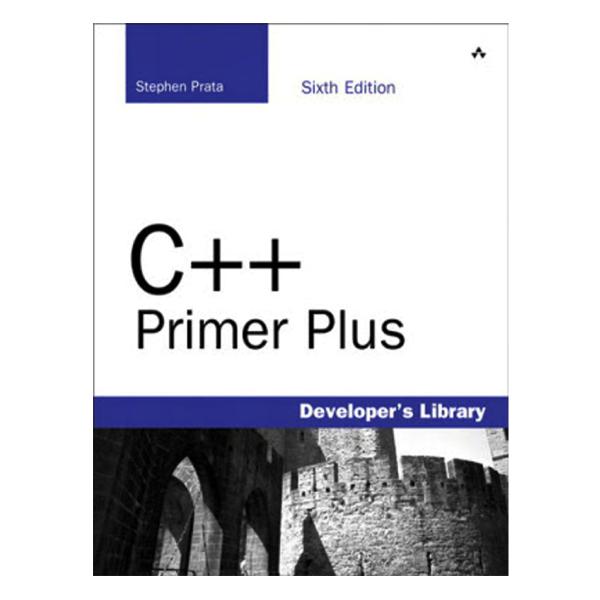Here is a rather simple class definition: class Person { private: static const LIMIT = 25; string
Question:
Here is a rather simple class definition:
class Person {
private:
static const LIMIT = 25;
string lname; // Person’s last name
char fname[LIMIT]; // Person’s first name
public:
Person() {lname = ""; fname[0] = ‘\0’; } // #1
Person(const string & ln, const char * fn = "Heyyou"); // #2
// the following methods display lname and fname
void Show() const; // firstname lastname format
void FormalShow() const; // lastname, firstname format
};
(It uses both a string object and a character array so that you can compare how the two forms are used.) Write a program that completes the implementation by providing code for the undefined methods.The program in which you use the class should also use the three possible constructor calls (no arguments, one argument, and two arguments) and the two display methods. Here’s an example that uses the constructors and methods:
Person one; // use default constructor
Person two("Smythecraft"); // use #2 with one default argument
Person three("Dimwiddy", "Sam"); // use #2, no defaults
one.Show();
cout << endl;
one.FormalShow();
// etc. for two and three
Step by Step Answer:






